No Corkscrew? No Problem. 3 Ways to Open a Wine Bottle in a Pinch
I’ve been in the food and beverage world for a long, long time. And in that time, I’ve opened more bottles of wine than I can count. Most of them with a trusty waiter’s corkscrew, of course. But not all of them.
I’ll never forget a catering gig at this beautiful, remote estate. The client brought a special case of wine, the centerpiece of the celebration. The one thing we forgot? A corkscrew. We were miles from a store, dinner service was looming, and I could feel the panic starting to bubble. That’s when a bit of kitchen problem-solving and basic physics saved the day. We got every single one of those bottles open, perfectly.
Honestly, knowing how to open a wine bottle without a corkscrew isn’t a party trick. It’s a skill of last resort. The goal is always to get the cork out cleanly, respecting the wine and keeping everyone safe. So, before you grab the nearest sharp object, let’s talk about how to do this right.
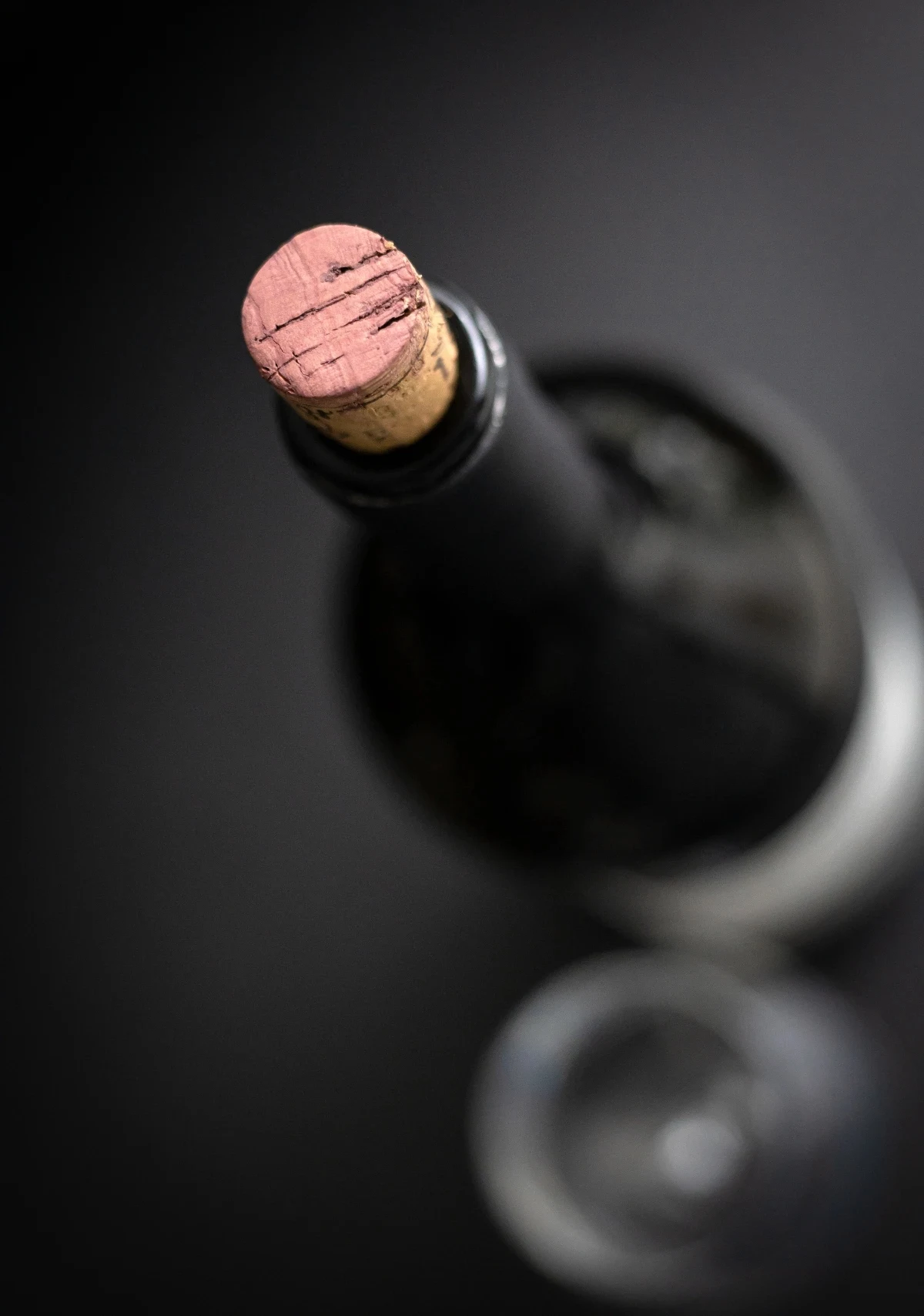
First Things First: A Quick Pre-Flight Check
Before you even think about trying one of these methods, take a breath and do these three things:
- Stay Calm. Panicking is how bottles break and people get hurt. You’ve got this.
- Remove ALL the foil. Use a key or a thumbnail to cut the entire foil capsule off the top. You need a clear view of the cork and the glass lip. This is a non-negotiable first step for any method.
- Inspect the cork. Take a look. Is it a traditional, solid-looking cork? Is it a plasticky synthetic one? Or does it look like it’s made of particle board (that’s an agglomerate cork)? Knowing what you’re up against will help you choose the best approach. Older, natural corks can be brittle, while synthetics require more muscle.
Which Emergency Method Is Right For You?
Okay, you have three main plays here, and they are definitely not created equal. The Screw and Lever is your safest and most reliable bet—it’s basically building your own corkscrew. It’s my go-to. The Push-In is the act of desperation when you have absolutely no tools, but it carries the highest risk. And then there’s the Wire Hanger Hook, which is a clever, crafty solution that’s safer than the push-in but requires more finesse. Let’s break them down.

Method 1: The Screw and Lever (The Engineer’s Approach)
This is, by far, the best way to do it. It has the highest success rate and the lowest chance of things going wrong. It mimics what a real corkscrew does, so it’s less likely to destroy the cork or the bottle.
What you’ll need:
- A Screw: This is the key. You need a coarse-thread wood or lag screw that’s at least 2 inches long. A fine-thread drywall screw will just shred the cork into dust, trust me. You can find one for under a buck at any hardware store like Home Depot or Lowe’s.
- A Lever: The claw of a hammer is perfect. A sturdy pair of pliers works great, too.
Here’s the technique:
- Center the tip of the screw in the middle of the cork and start twisting it in. You want it to go deep, leaving only about half an inch showing. Don’t drive it all the way through, or you’ll push cork bits into the wine.
- Once the screw is in, position your lever. If you’re using a hammer, slide the claw under the screw head. Quick tip: Place a folded towel or a small piece of wood on the lip of the bottle to protect the glass from the hammer.
- Now, pull up firmly and steadily. Don’t jerk it! Use a smooth, continuous motion. If you’re using pliers, get a firm grip on the screw head and pull straight up. You might need to wiggle it a tiny bit, but the force should be vertical.
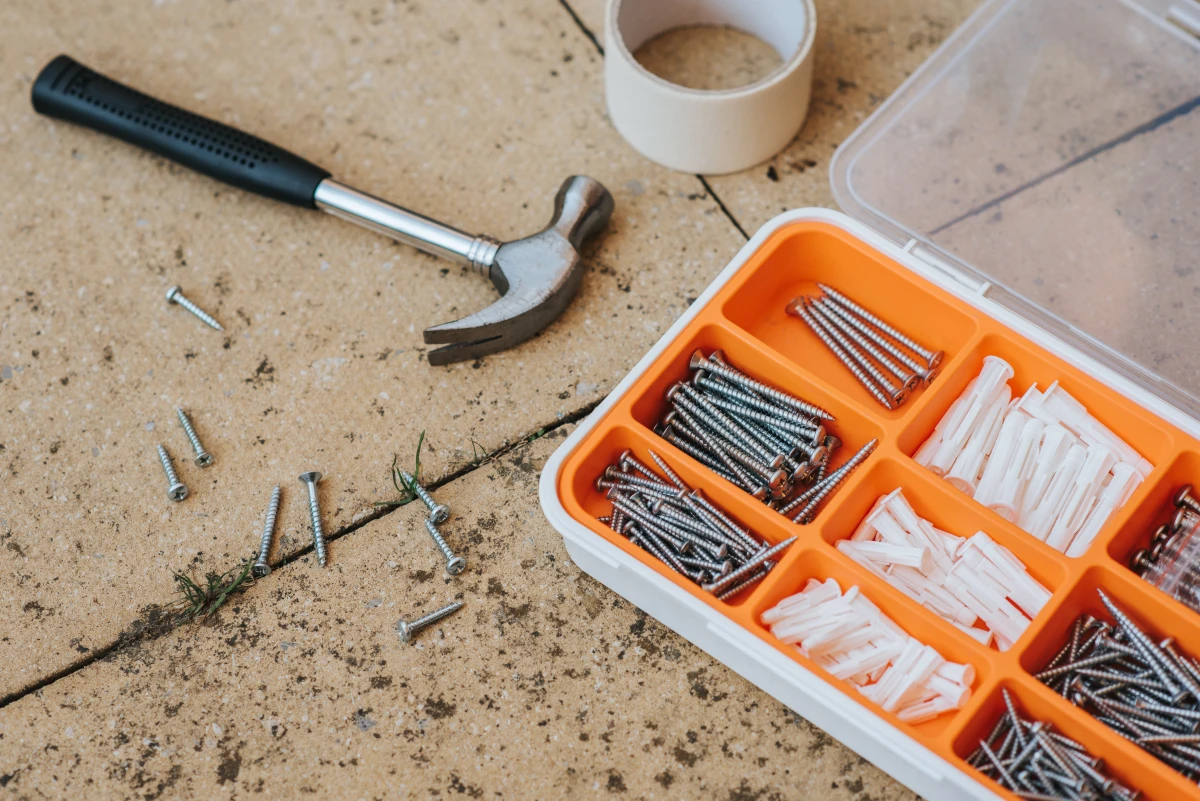
Expect this to take about 5-10 minutes if it’s your first time. The reward is a satisfying pop and a perfectly opened bottle.
Method 2: The Push-In (The Method of Last Resort)
I’m listing this one with serious hesitation. Pushing the cork into the bottle seems easy, but it can go wrong fast. I only recommend this if you have zero tools and you’re willing to accept the risks.
Why the risk? Because wine isn’t compressible. As you push the cork in, the pressure inside the bottle skyrockets. If there’s a tiny, invisible flaw in the glass, the neck can shatter. So, let’s be careful.
Use a blunt, sturdy object that’s narrower than the bottle opening. The handle of a wooden spoon is ideal. A Sharpie marker (with the cap on) can also work. Never use anything sharp.
First, wrap the neck of the bottle in a thick towel. This won’t stop it from breaking, but it might help contain the glass if it does. Hold the bottle on a non-slip surface and place your tool on the center of the cork. Now, and this is the most important part, apply steady, firm pressure. Do not hit or smack it. Just lean on it. It will feel like nothing is happening, and then suddenly, the cork will give way and pop into the wine. A sharp impact is what shatters glass.
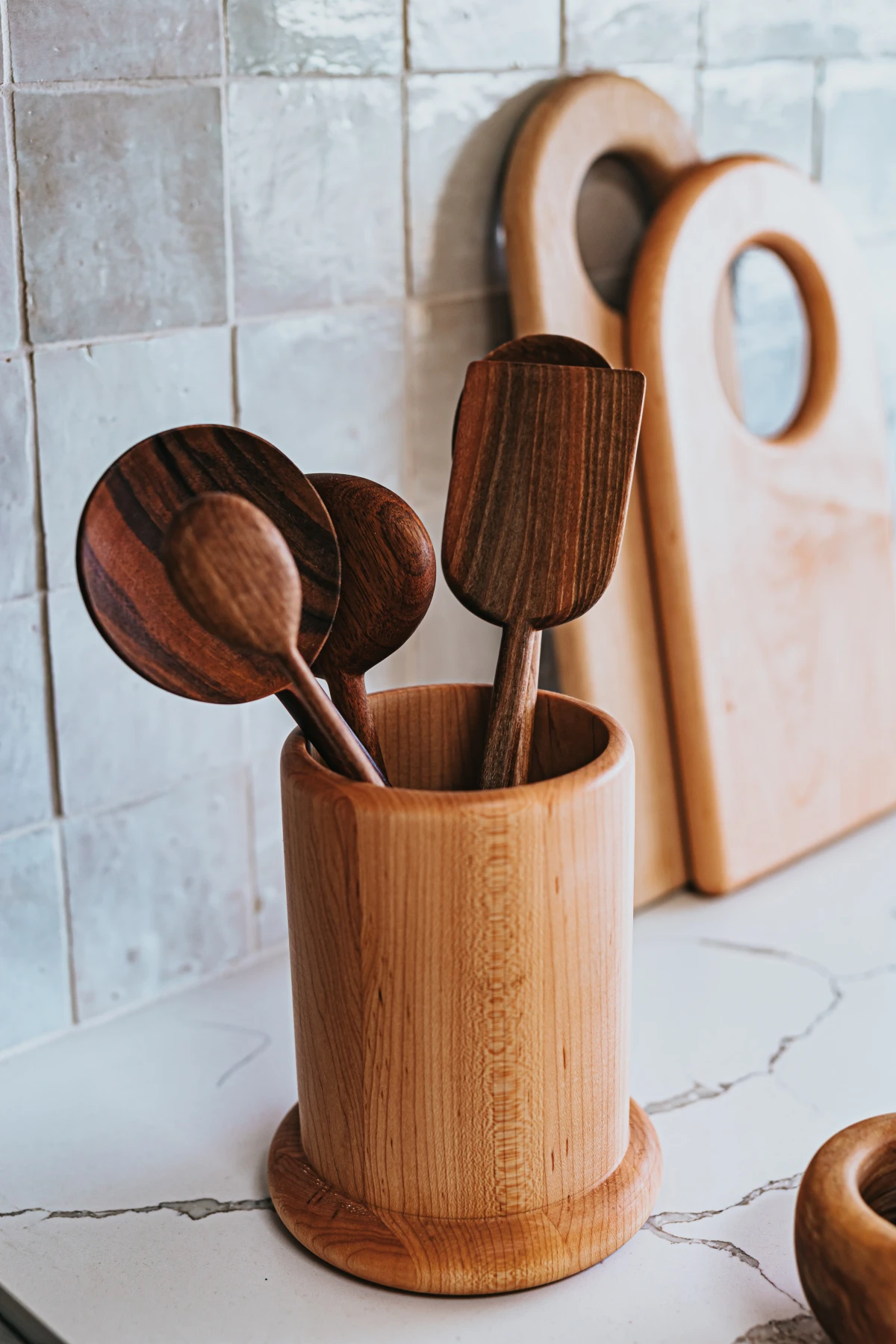
Heads up: NEVER, and I mean NEVER, try this with a bottle of Champagne, Prosecco, or any sparkling wine. The pressure is already dangerously high, and the bottle will very likely explode.
Method 3: The Wire Hanger Hook (The Locksmith’s Approach)
This one requires a bit of craftiness and is a pretty clever workaround. It’s much safer than pushing the cork in but takes more patience than the screw method.
You’ll need a thin, cheap metal coat hanger—the thick painted ones won’t work. Use pliers (your hands will thank you) to straighten a section of the wire. Bend the very tip back on itself to create a small, sharp hook, angled at about 30 degrees.
Carefully wiggle the wire down between the cork and the glass until you feel the end clear the bottom of the cork. Then, rotate the wire 90 degrees so the hook turns inward, under the cork. Pull up gently to make sure it’s engaged. Wrap the other end of the wire around a towel for grip, and pull straight up—slowly and steadily. Don’t yank it! The cork will gradually slide out.
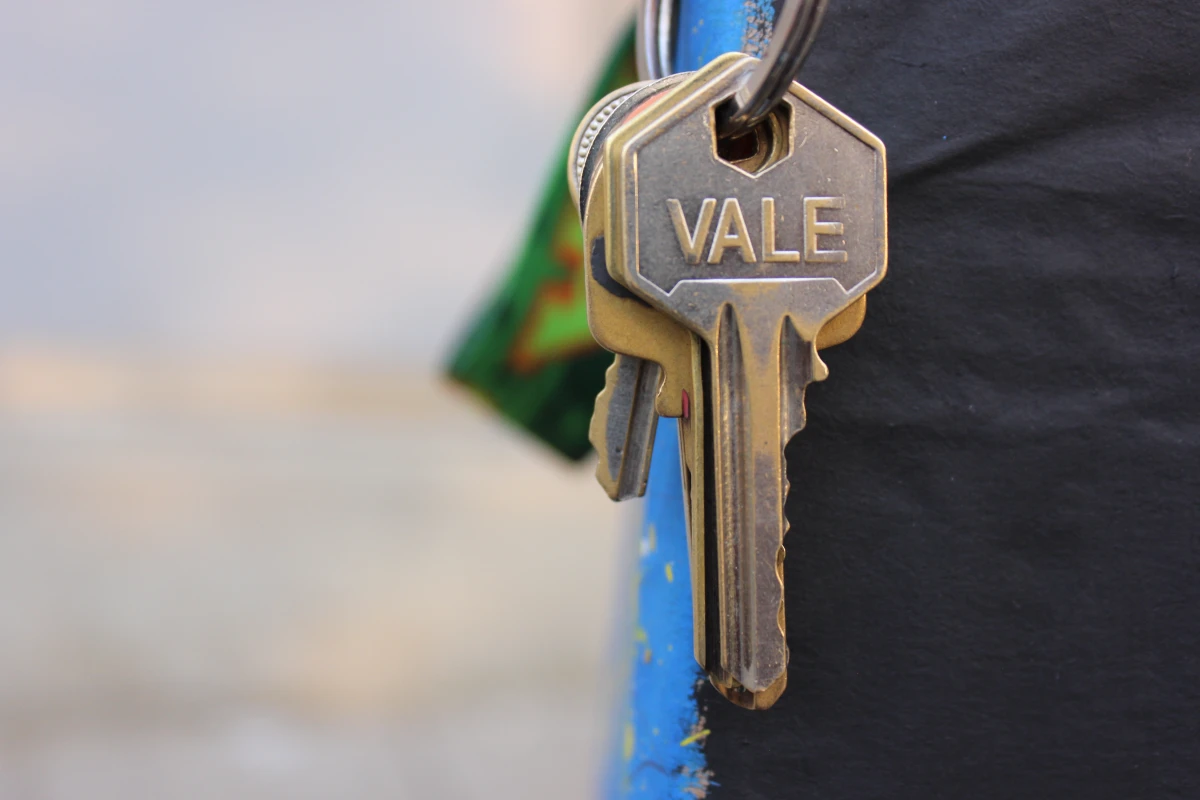
And The One Method to ALWAYS Avoid: The Shoe Method
Oh yeah, you’ve probably seen videos of this one. The infamous method where you put the bottle in a shoe and bang it against a wall. Please, for the love of wine, don’t do this.
First, the success rate is shockingly low, and the bottle-shattering rate is incredibly high. You’re far more likely to end up with a puddle of wine and broken glass on your floor than an open bottle. Second, even if it works, all that violent sloshing can cause something called “bottle shock,” which temporarily flattens the wine’s aroma and flavor. It’s just a bad idea all around.
Oops, I Have Cork in My Wine. Now What?
It happens to the best of us, even with a proper corkscrew. If your cork crumbles or falls into the bottle, don’t worry. The wine is still perfectly fine to drink. Just grab a pitcher or decanter and slowly pour the wine through a fine-mesh kitchen strainer or even a clean coffee filter. This will catch the cork bits, and no one will ever know.
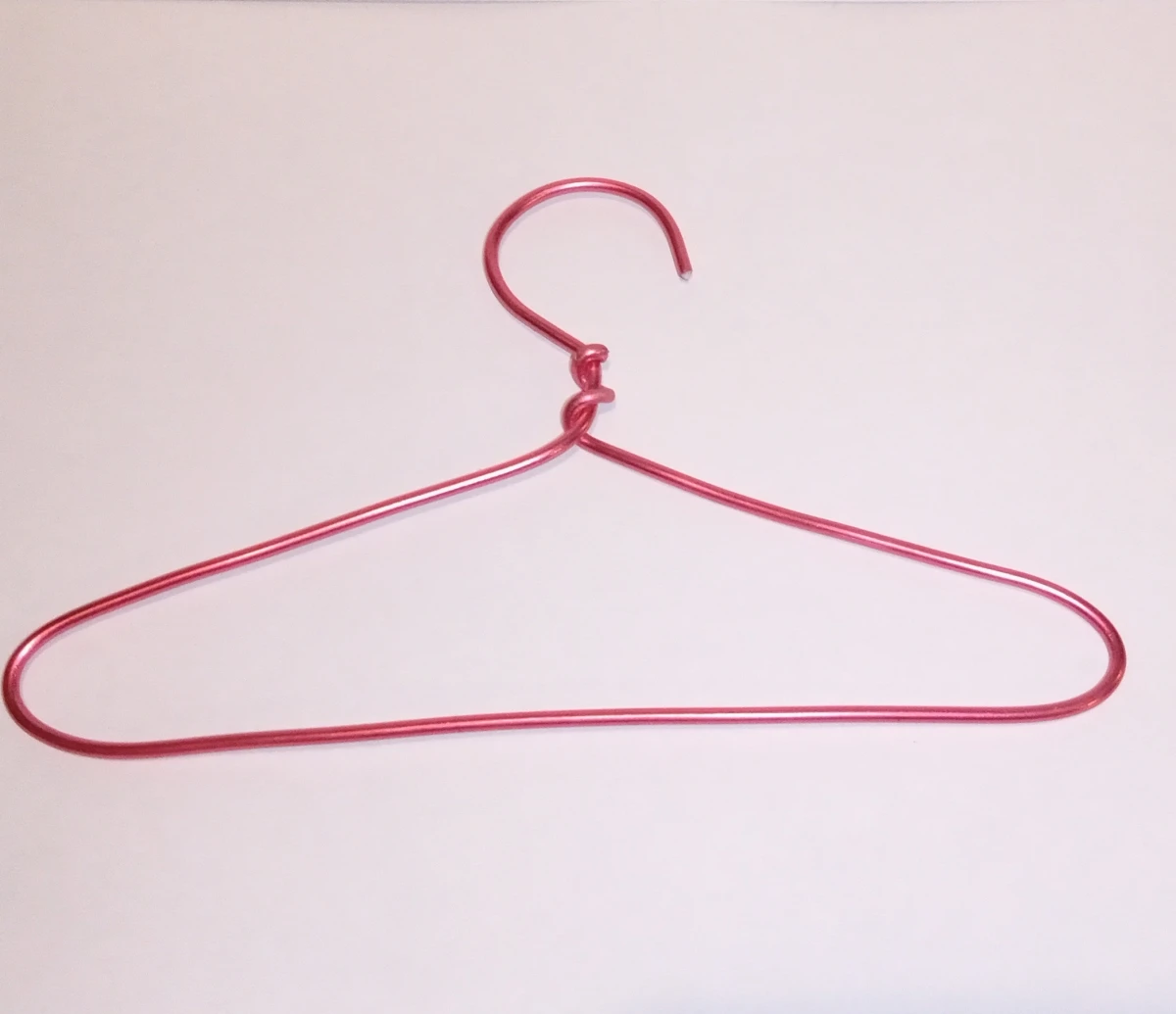
The Real Solution: Invest in a Good Tool
To make sure this never happens again, do yourself a favor and buy a quality corkscrew. The pros all use a “waiter’s friend” style corkscrew. It’s compact, has a built-in foil cutter, and features a two-step lever that gives you the leverage to pull even the tightest corks with ease. You can find a great one online or at any kitchen supply store for between $15 and $25. It’s a small price to pay for peace of mind.
Galerie d’inspiration

Okay, I tried the push-in method, and now the cork is floating in my beautiful bottle of Cabernet. Is the wine ruined?
Absolutely not! Take a deep breath. The wine itself is perfectly fine, but you’ll want to pour it without getting bits of cork in your glass. The simplest solution is to strain it. Grab a coffee filter, a fine-mesh tea strainer, or a clean piece of cheesecloth. Place it over a decanter or a large glass pitcher and slowly pour the entire bottle through it. This will catch the cork and any small fragments, leaving you with perfectly clear, drinkable wine. It might not be the elegant service you planned, but it’s a save that tastes just as sweet.










